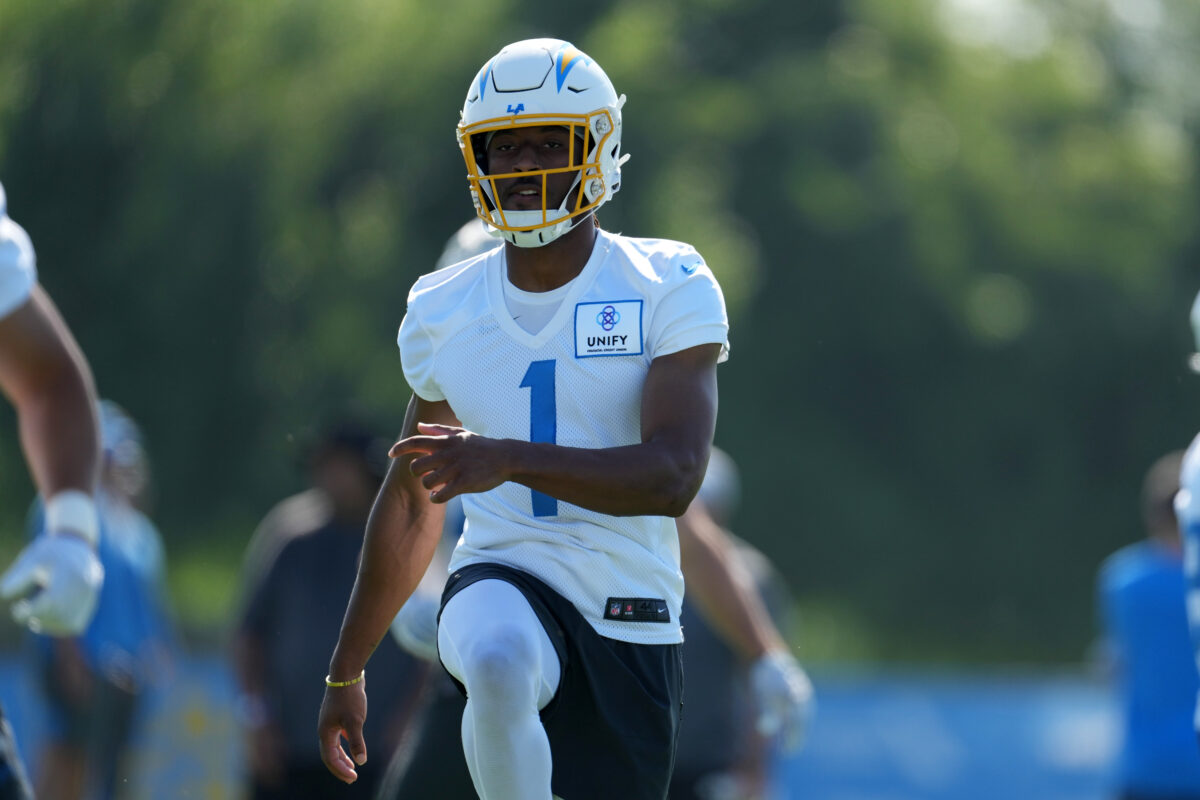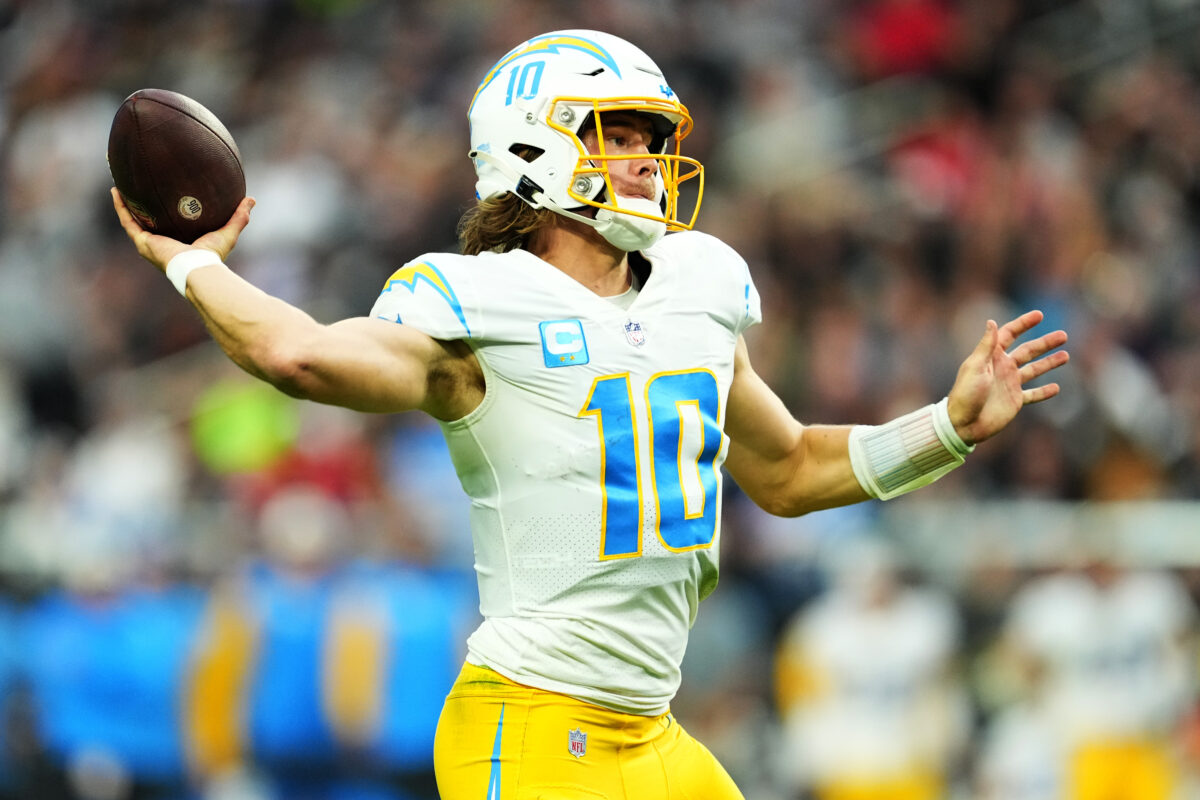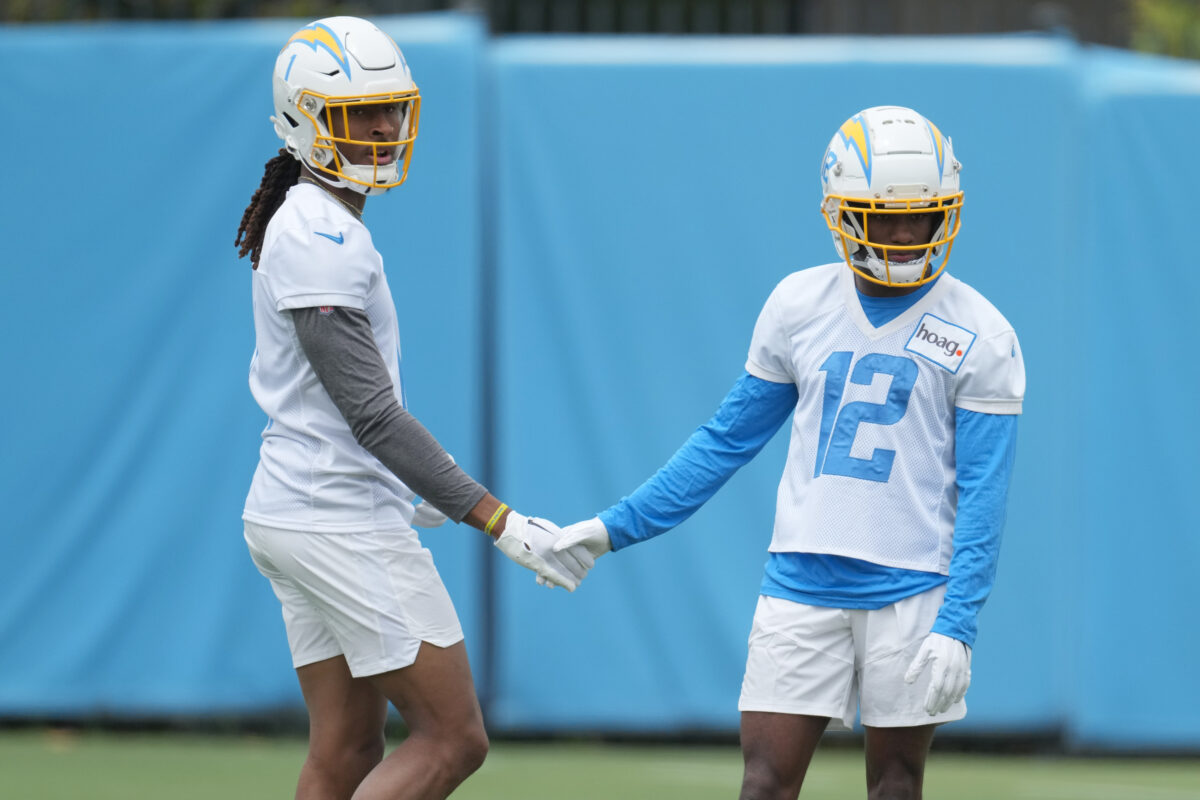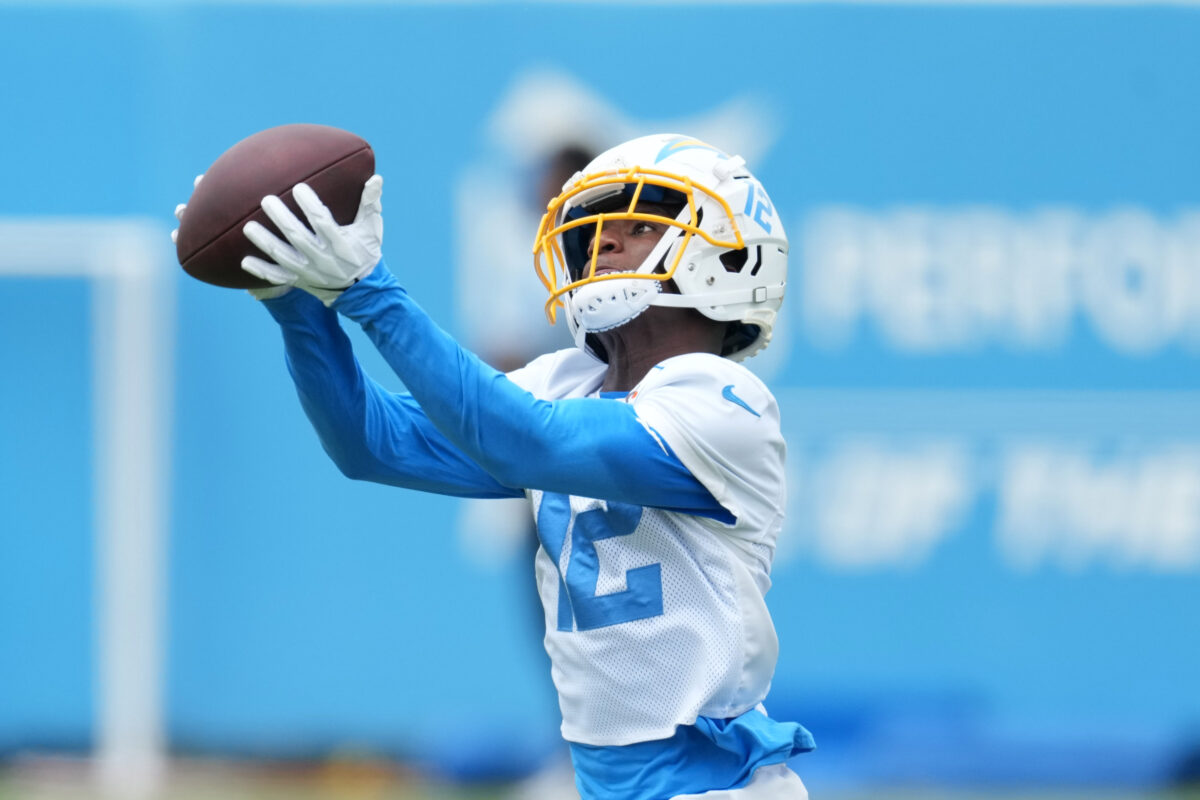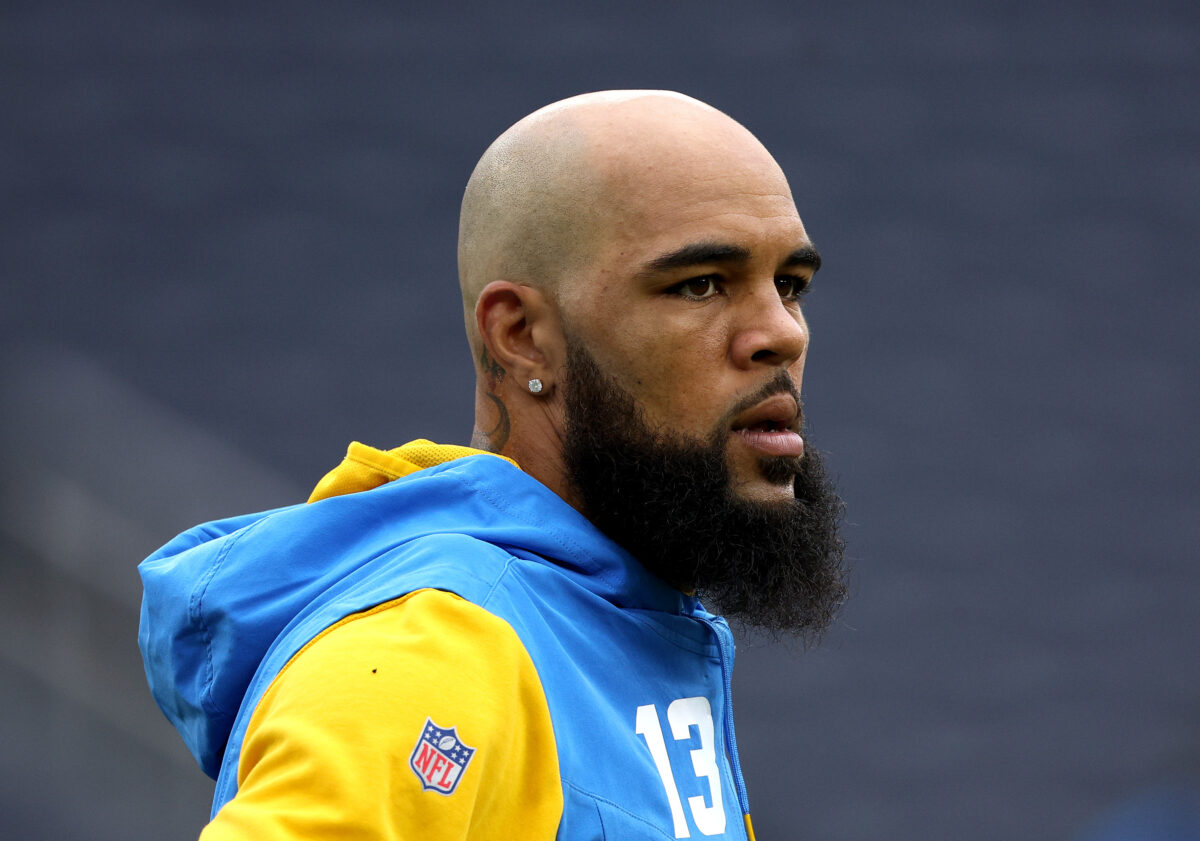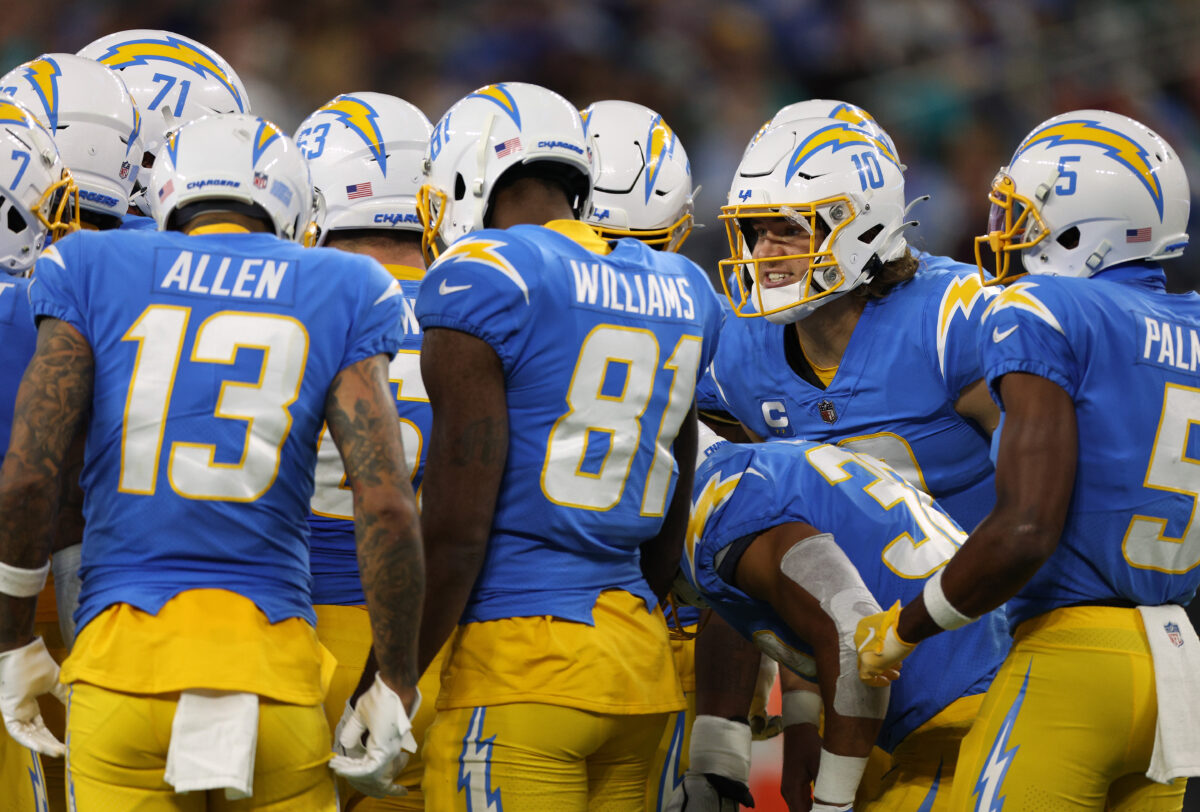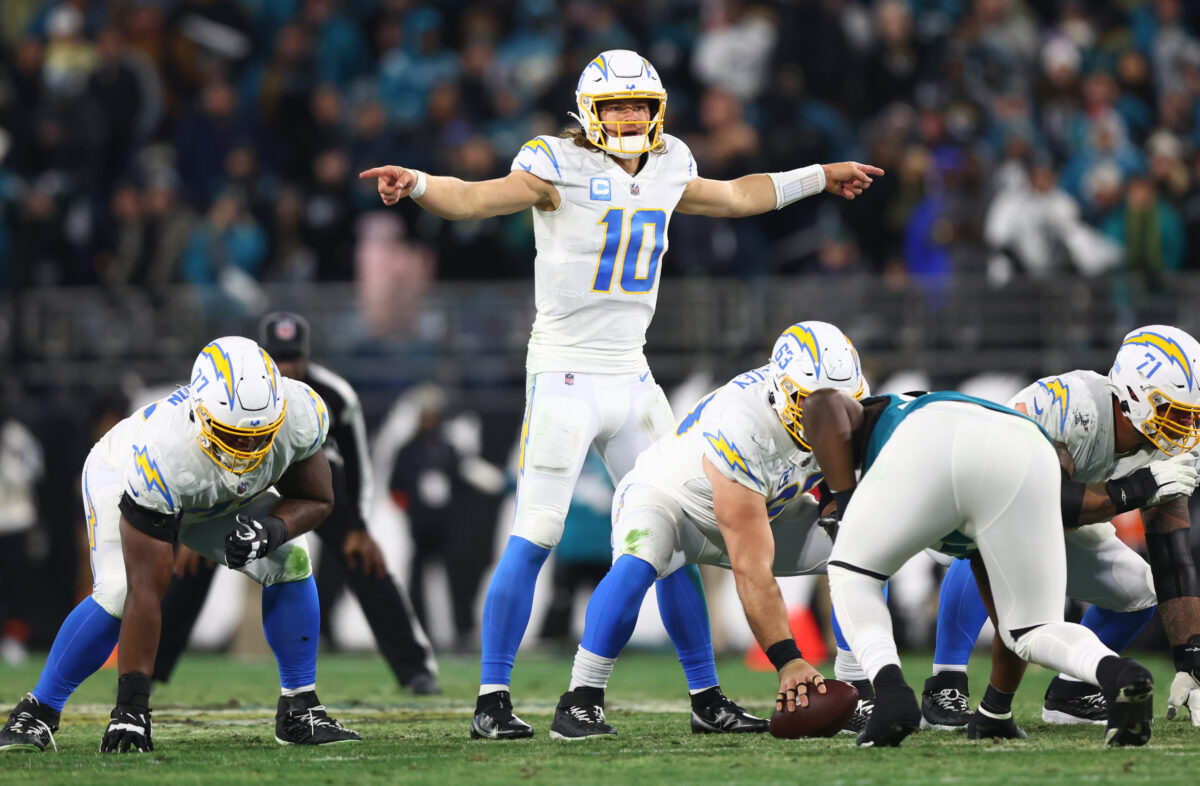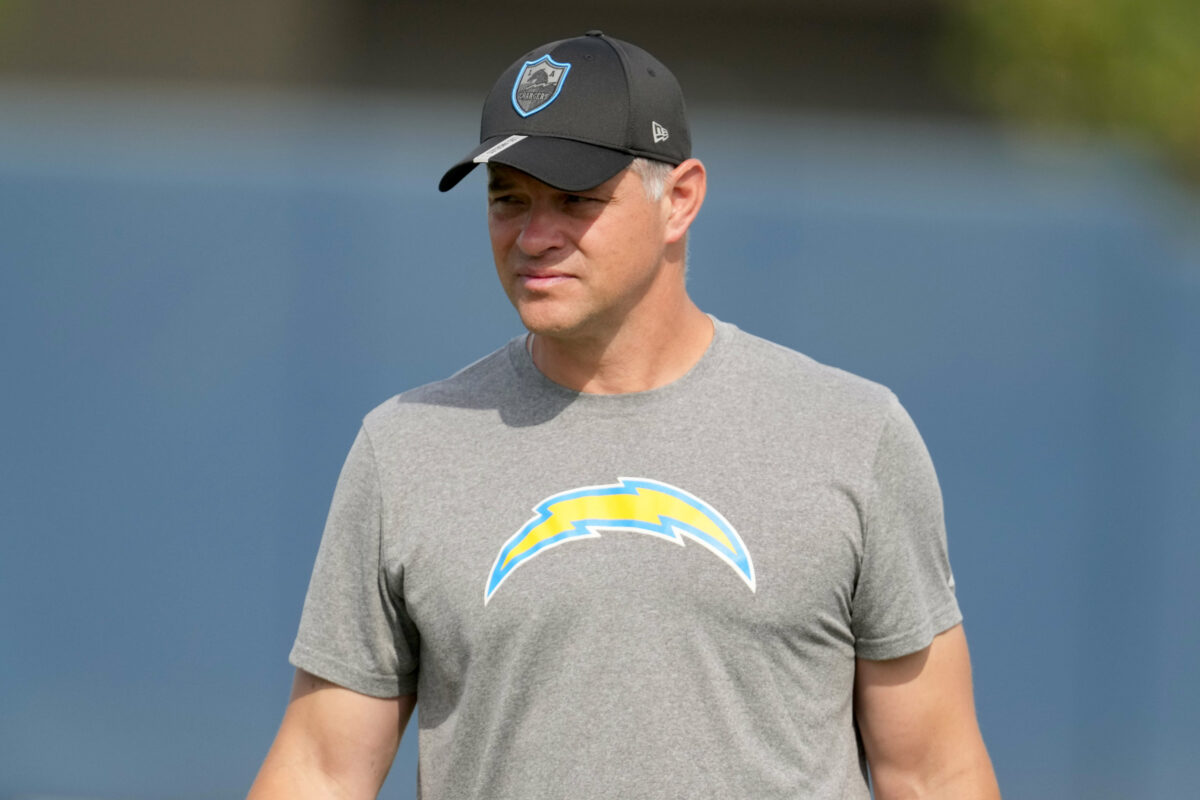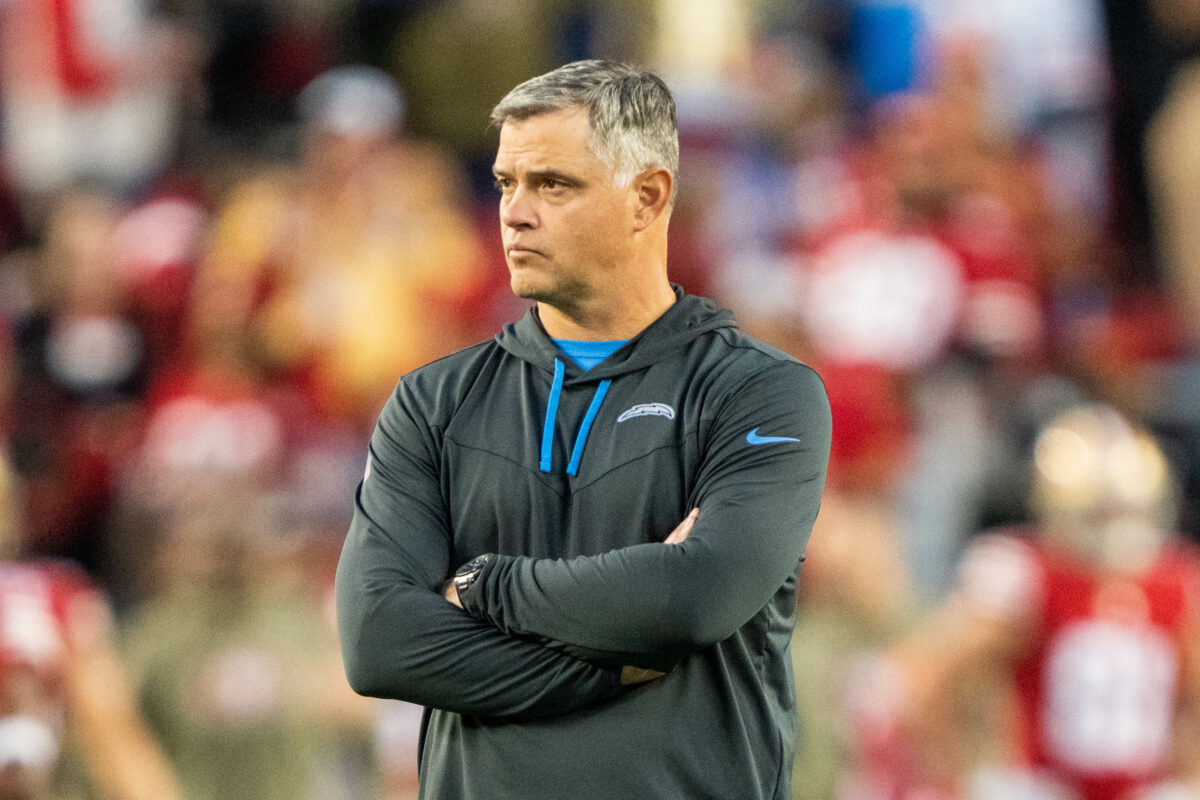Here’s what led to the firing of Chargers OC Joe Lombardi.
Joe Lombardi is out after two seasons in Los Angeles, leaving Brandon Staley and Tom Telesco to search for a new offensive coordinator in what will likely be a make-or-break season for both head coach and general manager.
Lombardi’s firing is no surprise, and that it was paired with the firing of pass game coordinator/QB coach Shane Day should also not be a shock. The Chargers’ offense took a step back in nearly every meaningful way this season, falling from 4th in DVOA in 2021 to 19th in 2022.
So what went wrong?
For starters, injuries. To get out in front of this: no, that’s not an excuse for Lombardi. The way he handled injuries to key players, however, informed his ability (or lack thereof) to adapt the offense on the fly. When Keenan Allen was injured in Week 1, Lombardi had no way to scheme other receivers open. DeAndre Carter, Josh Palmer, and Michael Bandy ran Allen’s routes like nothing had happened, except those less talented players failed to get open at the same rate Allen did. After Corey Linsley left the game in Week 2, Lombardi continued to run traditional drop-back passing concepts. At the same time, Kansas City’s defensive line took advantage of miscommunications on the offensive line, eventually leading to Justin Herbert’s rib injury. Mike Williams’ injury resulted in Palmer plugging directly in for him. Injuries along the offensive line, namely to right tackle Trey Pipkins, decimated the Chargers’ control of the pocket while Lombardi refused to get Herbert on the move.
That refusal links back to another issue with Lombardi’s offense: it seemed like he never truly figured out what he had in Herbert. The running joke online was that Lombardi was running the late-stage Drew Brees offense with the Chargers’ signal-caller. Brees, in his later years, had a weak arm but a sharp processor, so running a series of quick routes for him to snap through was an effective game plan. Herbert has similar processing ability but also is able to make throws that few other people on Earth are capable of. Downfield throws, no matter how often they worked for the Chargers, were limited to one or two chances a game. Again, getting Herbert on the move was frequently not a consideration, despite it working to perfection nearly every time they called the plays. It often felt like Lombardi had a script after the script; that no matter what his opening script told him about the defense, he was sticking to his pregame notions of how to win the game.
This stickiness, if you want to call it that, was a large part of why the Chargers could not get any offense going in the third quarter this season. (The Stick-iness of the offense was also a problem.) Lombardi would script out the first few drives, LA would get a lead, and then he’d decide his job was done, and they just needed to sit on the ball until the game ended. Defenses would adjust at halftime, Lombardi would not, and the offense would stall. Herbert would either make magic happen to pull the game out, or the Chargers would lose.
Red zone playcalling also proved to be problematic for Lombardi, who consistently could not design run plays to get the ball into the end zone and ran pass plays that were designed short of the goal line. This was despite having the basketball team of Gerald Everett, Donald Parham Jr., and Mike Williams available at his disposal. Granted, all three of those players missed time at one point or another, but even when all three were on the field, Lombardi preferred to run bubble screens to a hamstrung Keenan Allen than draw something up for one of his taller receivers.
All in all, Lombardi’s tenure with the Chargers is emblematic of his refusal or inability to adjust to his circumstances. Press conferences midseason included many quotes from the offensive coordinator about how they didn’t have the speed to attack downfield, despite deep crossing routes to Mike Williams working when Herbert rolled out. Lombardi doesn’t have the final say on the roster construction, and I get that, but part of the job is to turn what you’re given into something functional. Coaches like Brian Daboll in New York are running better offenses, with Daniel Jones throwing the ball to Richie James and Isaiah Hodgins. Lombardi got head coaching interviews recently as a year ago for what he did when everything was perfect: no injuries, only the base version of the offense installed, lower stakes. How he fared when things got messy is why LA let him go on Tuesday.

